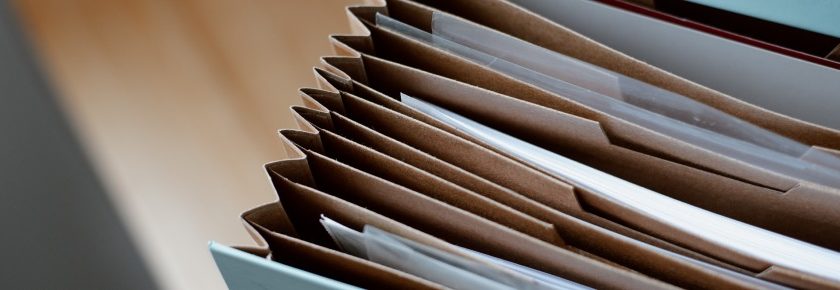At Bossard, one of our core goals is to help improve the productivity of our customers. As a result, we have an unwavering focus on service development while investing in new processes that expand the supply of product solutions and expedite product delivery. To that end, we’ve compiled a robust suite of technical resources for product design and development. Read on to learn more and don’t hesitate to reach out to Bossard for more tailored solutions.
Product Design White Papers & Resources
Whether you’re looking for best practices in selecting a fastener finish, ways to prevent material fatigue, or other related topics, our library of white papers is a good place to start. These technical resources are ideal for product design engineers, product developers, mechanical engineers, students, and more:
- 7 tips to select your fastener finish is a white paper that discusses the six most-used coatings by exploring seven criteria.
- The importance of surface finish in stainless steel explains the importance of surface profile, polishing medium, and passivation on the corrosion resistance of stainless steel.
- Lightweight and the daily challenges of product design engineers is a technical resource that explains proven solutions for the challenge associated with additional hole requirements in lightweight construction.
- 7 criteria to prevent material fatigue is a technical white paper that explains how product design engineers should decide when dynamic loads are expected as well as the criteria fasteners should meet.
- Which fasteners need a heat treatment is a white paper that explains the important facts associated with the heat treatment of steels, aluminum, and non-ferrous alloys.
Read all Bossard white papers.
Access Bossard Technical Resources
At Bossard, we are committed to customized engineering solutions, excellence in all we do, and process-oriented consulting. All three of these attributes are key hallmarks of our services and products. And to highlight our commitment to you, we’ve compiled a generous list of helpful technical resources, including:
- Fastening Technology White Papers
- General Tolerances, Tables, Standards
- SI Units Systems
- Conversion Tables
- Designations of Different National Standards-Based on ISO
- Basic Tolerances and Tolerance Fields
- Definition of Mechanical Properties for Screws
- Screw Property Class 4.6 to 12.9
- Nuts Property Classes 04 to 12
- Set Screws Property Classes 14 H to 45 H
- Screws, Bolts, Nuts
- And much more
You can also find additional technical resources for:
- Electrical Engineering Product Design
- Operating and Control Elements
- Sealing and Flow Control Technology
Online Calculators & Converters
Bossard offers an array of converters and calculators for product design engineers, industrial designers, technicians, as well as students. Our key converters and calculators can be used in the development and assembly of bolted joints and fasteners. To meet a diverse range of needs, we’ve grouped our calculators and converters into specific categories:
- Online Converters are perfect for converting different units of measure, such as pressure, hardness, length, and more.
- Online Calculators for Production and Design are utilized for dimensioning and implementation in joint technology
- Online Calculators for Technical Design are used for designing and dimensioning in the joining technology.
The Mobile App
The Bossard mobile app features a host of tools in one, neat interface. You’ll have access to Geometric Calculators, Converters, and Mechanical Calculators.
- Visit iOS App Store
- Visit Google Play Store
CAD Online Portal
In addition to the previously mentioned technical resources, Bossard also offers a cutting-edge CAD (computer-aided design) Online Portal. This advanced design tool supports your product and a host of mechanical design choices with 2D and 3D views as well as animated solutions and extra smart features.
Visit our CAD Online Portal today.
NEXT UP
20% productivity gain 0 complaints
The Benefits of Understanding Basic Fastener Finish Requirements






